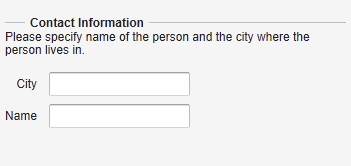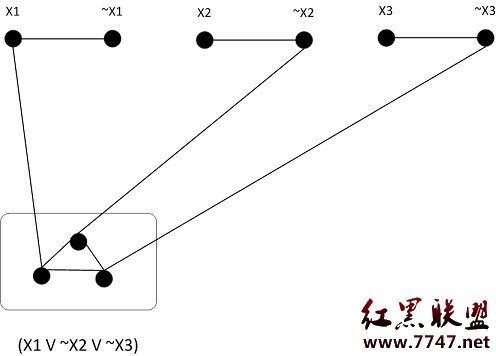Ruby运算符
Ruby支持一套丰富的运算符,如你所期望从现代语言。大多数运营商实际上是方法调用。例如,被解释为A + B。+(B),其中变量所指对象+方法被称为与B的参数。
Ruby支持一套丰富的运算符,如你所期望从现代语言。大多数运营商实际上是方法调用。例如,被解释为A + B。+(B),其中变量所指对象+方法被称为与B的参数。
对于每个运算符(+ - * /%**&| ^<< >>&&| |),有相应的赋值运算符缩写形式(+= - =等)
Ruby算术运算符:
假设变量拥有10和变量b则持有20:
Operator Description Example
+ Addition - Adds values on either side of the operator a + b will give 30
- Subtraction - Subtracts right hand operand from left hand operand a - b will give -10
* Multiplication - Multiplies values on either side of the operator a * b will give 200
/ Division - Divides left hand operand by right hand operand b / a will give 2
% Modulus - Divides left hand operand by right hand operand and returns remainder b % a will give 0
** Exponent - Performs exponential (power) calculation on operators a**b will give 10 to the power 20
Ruby比较操作符:
假设变量拥有10和变量b则持有20:
Operator Description Example
== Checks if the value of two operands are equal or not, if yes then condition becomes true. (a == b) is not true.
!= Checks if the value of two operands are equal or not, if values are not equal then condition becomes true. (a != b) is true.
> Checks if the value of left operand is greater than the value of right operand, if yes then condition becomes true. (a > b) is not true.
< Checks if the value of left operand is less than the value of right operand, if yes then condition becomes true. (a < b) is true.
>= Checks if the value of left operand is greater than or equal to the value of right operand, if yes then condition becomes true. (a >= b) is not true.
<= Checks if the value of left operand is less than or equal to the value of right operand, if yes then condition becomes true. (a <= b) is true.
<=> Combined comparison operator. Returns 0 if first operand equals second, 1 if first operand is greater than the second and -1 if first operand is less than the second. (a <=> b) returns -1.
=== Used to test equality within a when clause of acase statement. (1...10) === 5 returns true.
.eql? True if the receiver and argument have both the same type and equal values. 1 == 1.0 returns true, but 1.eql?(1.0) is false.
equal? True if the receiver and argument have the same object id. 1 == 1.0 returns true, but 1.eql?(1.0) is false.
Ruby分配运算符:
假设变量拥有10和变量b则持有20:
Operator Description Example
= Simple assignment operator, Assigns values from right side operands to left side operand c = a + b will assigne value of a + b into c
+= Add AND assignment operator, It adds right operand to the left operand and assign the result to left operand c += a is equivalent to c = c + a
-= Subtract AND assignment operator, It subtracts right operand from the left operand and assign the result to left operand c -= a is equivalent to c = c - a
*= Multiply AND assignment operator, It multiplies right operand with the left operand and assign the result to left operand c *= a is equivalent to c = c * a
/= Divide AND assignment operator, It divides left operand with the right operand and assign the result to left operand c /= a is equivalent to c = c / a
%= Modulus AND assignment operator, It takes modulus using two operands and assign the result to left operand c %= a is equivalent to c = c % a
**= Exponent AND assignment operator, Performs exponential (power) calculation on operators and assign value to the left operand
补充:Web开发 , 其他 ,




